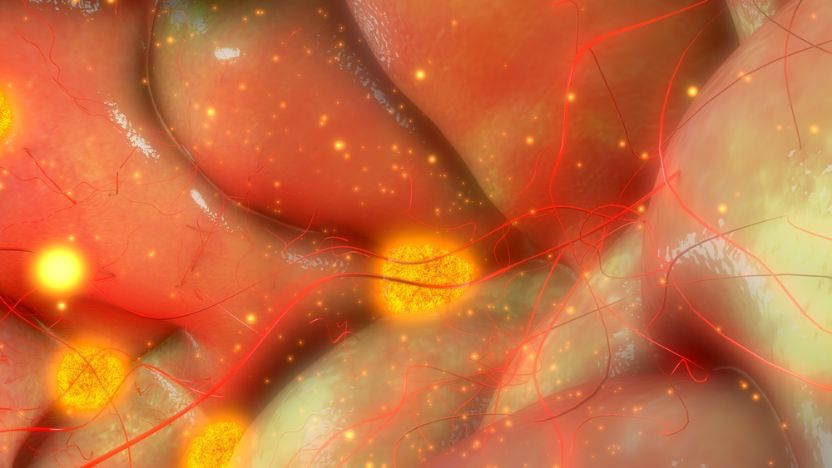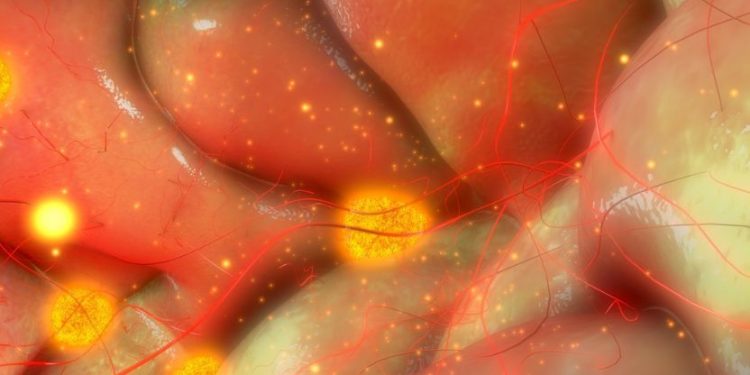Non hodgkin lymphoma treatments include chemotherapy, radiation therapy, targeted therapy and biological therapy. Each of these types of treatment destroys cancer cells differently. They also help your body’s natural defenses fight cancer.
The type of treatment you receive depends on the type of non hodgkin lymphoma, how fast it’s growing and whether or not it has spread. Your doctor will decide on a treatment plan after reviewing your biopsy results. The results will show if the cancer has spread within your lymph system or to other parts of your body, a process called staging. Your doctor will also check your overall health and age to make a treatment recommendation.
If you have very slow-growing non hodgkin lymphoma, your doctor may recommend a period of watchful waiting rather than immediate treatment. This means you will have regular check-ups to monitor the disease and start treatment only if it starts to grow faster than expected.
Your doctor will diagnose lymphoma with a physical exam, blood tests, a chest x-ray and a biopsy. He or she will also ask you about any symptoms you have and your past health. This is important because certain factors can increase your chances of getting this disease, including being male and being over 60 years old. Having certain infections, such as the virus that causes HIV or the ulcer-causing bacteria Helicobacter pylori, can also increase your chance of getting non hodgkin lymphoma. Taking medicines that suppress your immune system, such as those used after an organ transplant, can also increase your risk.

A biopsy is a procedure that removes a small piece of tissue from a lymph node or other part of your body, such as your skin. It is then examined by pathologists and other lymphoma specialists to determine if you have non hodgkin lymphoma. The shape of the lymphoma cells, how they grow and their genetic makeup are all determined during this process.
Some types of non hodgkin lymphoma are B cell cancers, and most begin in a special type of white blood cell called B lymphocytes. These cells make antibodies that help fight infection. Other types of non hodgkin lymphoma begin in other kinds of white blood cells, such as T lymphocytes and natural killer cells. These cells also help B lymphocytes fight infection.
Other types of non hodgkin lymphoma occur when lymphocytes are found in sites outside the lymph nodes. These are called extranodal sites and can include the spleen, Waldeyer ring, stomach, central nervous system, bone and skin.
There are also other rare forms of non hodgkin lymphoma that begin in immature B cells and plasmablasts, which normally produce healthy lymphocytes. These include mantle cell lymphoma, follicular non-Hodgkin lymphoma and lymphomatoid granulomatosis.
A combination of different drugs or therapies is used to treat most cases of non hodgkin lymphoma. Your treatment team might include your GP (general practitioner), a haematologist, a medical oncologist and a specialist in radiation therapy or immunotherapy. Palliative care might also be an option to improve your quality of life and ease any symptoms, such as pain or fatigue.









